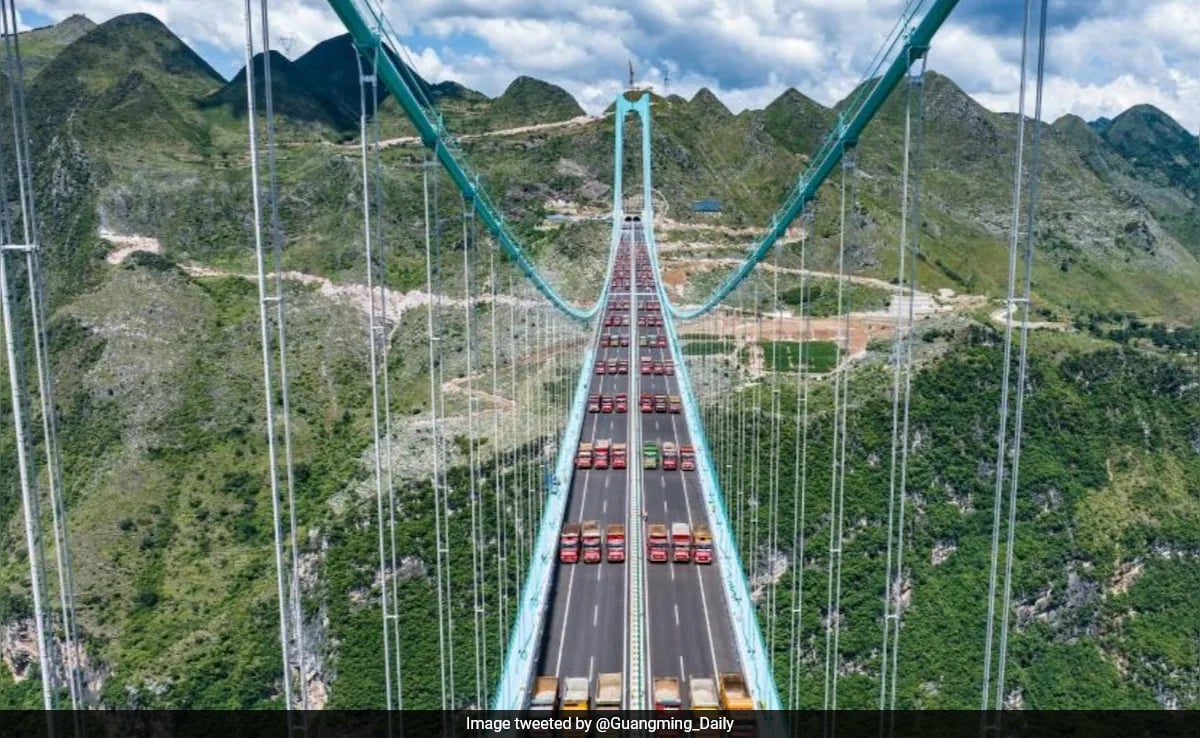Here’s what to know
Activists deflate tires of SUVs in climate protest
Return to menuClimate activists have deflated the tires of luxury vehicles in Glasgow as part of a protest on carbon emissions.
The activist group, Tyred of SUVs, said that they deflated tires of around 60 4x4 vehicles in a well-to-do area in Glasgow, the host city of the COP26 climate summit. The activists took credit for their action, leaving behind fliers on the vehicles’ windscreens, about the same size as a parking ticket.
“Attention, climate violation. Your SUV contributes to the second biggest cause of carbon emissions rise in the last decade,” it read. “This is why we have disarmed your car by deflating one of more of its tires. If SUV drivers were a nation, in 2018 they would have ranked as the 7th biggest emitter of CO2.”
The activists said they deflated the tires but did not damage them.
Some of those who got the “climate violation” ticket responded on social media.
One Glaswegian wrote: “To the idiots who did this to my car as I’m trying to get to Paisley High Court this morning, did it ever occur to you that the driver might have to use their vehicle in an emergency?”
A spokeswoman for the activists defended the action, telling BBC Radio Scotland that it was a “minor convenience.”
“What is really going to disrupt people’s lives and kill them is the climate crisis caused by rich people — basically SUV owners,” she said.
Scotland police said they were aware of the incident and that they would be increasing patrols in the area to “provide reassurance to local residents.”
Small words, big implications and lots of waiting in Glasgow declaration
Return to menuJust after sunrise in Glasgow on Friday, weary negotiators posted the latest draft of a proposed global climate agreement that nearly 200 nations will be asked to embrace over the coming day.
At first glance, the omissions and additions, the minor word tweaks and shifting verbs might seem inconsequential. But in the world of international legal-speak, each change represents hours of intense — and still unfinished — diplomatic wrangling over how the world collectively plans to make progress toward the climate targets under the 2015 Paris agreement.
On Friday, the key elements of such a deal began to emerge:
After the latest United Nations climate summit in 2019 ended in finger-pointing and few tangible results, some policy experts viewed the agreement taking shape Friday with cautious optimism.
“This is definitely progress from what we saw a couple days ago,” WRI vice president Helen Mountford told reporters. “We need to see what stands, what holds, how it looks at the end. At the moment, it’s looking in a positive direction.”
Serious about climate change? Get serious about peat.
Return to menuGARSTANG, England — Moor, bog, fen, mire, flush, swamp, slough. Peatlands have gotten a bum rap. They’re inhospitable, useless. Too wet to plow, too dry to fish, the old farmers say.
Slagged off as anaerobic wastelands, dissed in the popular imagination, imagined as the eerie Dead Marshes in “The Lord of the Rings” or the forbidding Grimpen Mire in “The Hound of the Baskervilles.” When bad things go down in Charles Dickens, the scene is set in a forbidding moor.
All slander, said Christian Dunn, wetlands scientist at Bangor University in Wales.
“Peat is the superhero of the natural world,” he said.
These waterlogged, acidic, low-nutrient ecosystems are the most carbon-dense lands on Earth. You want to safely store carbon for a thousand years? Nothing beats peat. It’s nature’s vault.
2C or 1.5C? How global climate targets are set and what they mean
Return to menuHow much warming can the world bear?
That question is one of the fundamental issues in dispute at the ongoing U.N. climate change summit, known as COP26, in Glasgow, Scotland.
Here’s what different levels of warming would look like, and how global temperature targets have been set.
Six years ago, when countries came together in Paris for the COP21 summit, at which the Paris climate accord was shaped, they committed to limit the global average temperature rise to well below 2 degrees Celsius (3.6 degrees Fahrenheit) above preindustrial levels. However, while the 2015 agreement set 2C as the minimum, it included language that suggested countries should push for a more ambitious goal: 1.5C.
A preliminary draft of the COP26 agreement released Wednesday “reaffirms” the Paris agreement’s goal: limiting warming to well below 2C and pursuing a target of 1.5C. But it does not commit to meeting the 1.5C threshold.
The difference between the two targets may seem small, but they represent vastly different levels of effort for countries seeking to limit their carbon footprints, and strikingly divergent outcomes for the planet.
With world’s climate goal on the line, leaders warn U.N. talks risk falling short
Return to menuGLASGOW, Scotland — Leaders at a crucial U.N. climate conference warned Thursday that time is running out to strike a deal that could spare the world from the most dire effects of global warming as negotiations increased to a frenetic pace in the gathering’s final days.
Countries argued over how much money rich nations owe poorer ones for contaminating Earth’s atmosphere. Others haggled over how often to report their greenhouse gas emissions to the United Nations. Representatives from some countries, such as the vulnerable island and atoll nation of Tuvalu, sharply appealed for more ambition. Others — such as the oil-rich nation of Saudi Arabia — were actively campaigning in the opposite direction, demanding that commitments to reduce support for fossil fuels be stripped from the final deal.
“I want to be clear: We are not there yet,” said Alok Sharma, the British official who is chairing the talks, known as COP26. “There is still a lot more work to be done.”
.png)











 English (United States) ·
English (United States) ·  Turkish (Turkey) ·
Turkish (Turkey) ·